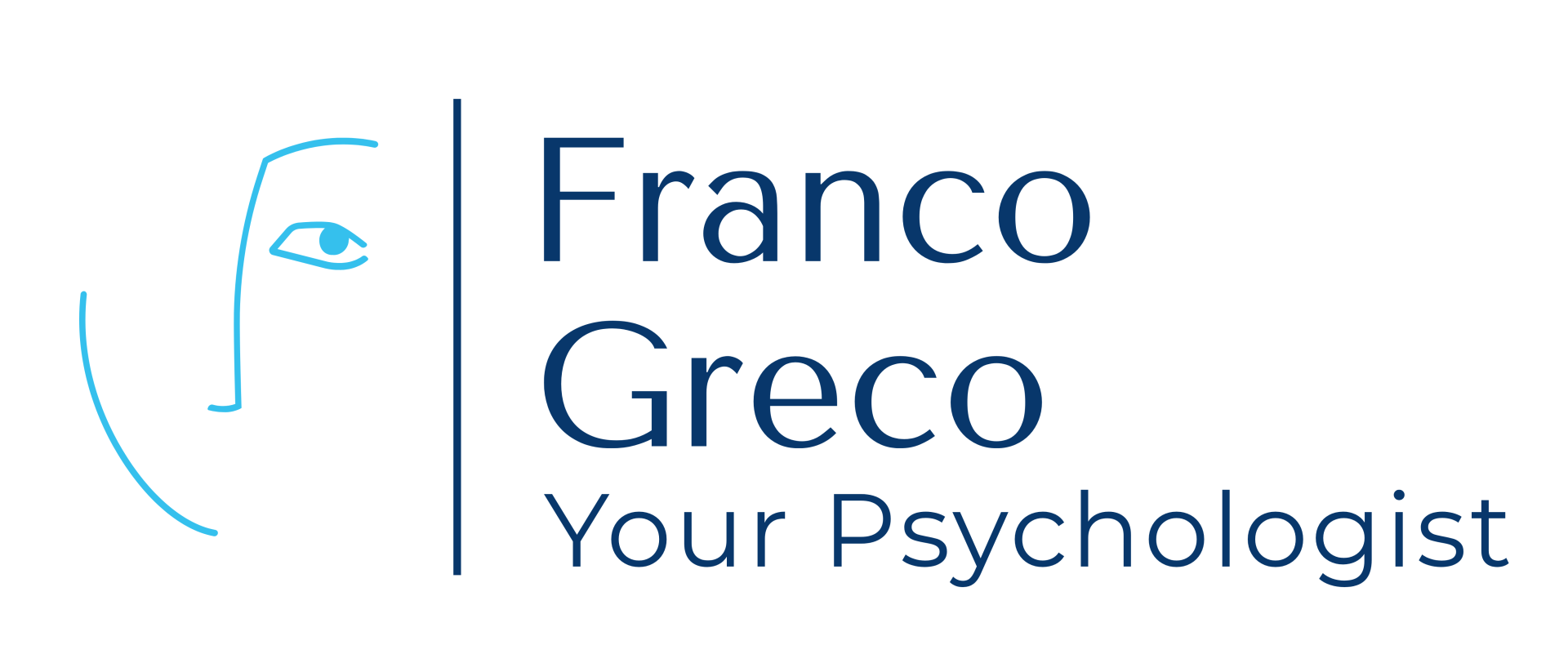Schema and Schema Modes
A Schema Is a Pattern
- It developed during childhood and adolescence and is activated again and again during your life.
- Since a schema gets more rigid over time, our reactions become less flexible.
- One result of this is that our schema-based reactions don’t really fit the requirements of many present situations.
Maladaptive Schemas
- Are self-injurious
- Are rooted in something that has been done to us – neglect, criticism, invalidation, abuse, over protection
- Dominates our life so that we experience repetitions of those unhealthy situations (addicted) or dissatisfying situations (staying in unhealthy romantic relationships)
- Makes us react in a manner that is self-defeating and usually inflexible in situations that are similar to what we experienced when we were children
- Makes it difficult for us to successfully meet the demands of some important situations in our adult life.
How Do Schemas Develop?
- Your Personality is made of three layers: 1st Dispositions or temperament; 2nd motivation and needs; and 3rd your narrative or story.
- Schemas develop from the interactions of layers 1 and 2 - personality dispositions or temperament and unmet childhood needs.
- They maintained by the story we keep saying or telling ourselves.
- Layer 1 of Personality is your temperament. It is inherited and largely formed by 2 years of age. It is own specific way of reacting to the world. Its hardwired neurobiological aspect of us that we are born with. As children, we cannot control our temperament. Research suggests that people with a number of psychological issues have a more sensitive and reactive temperament.
- Unmet needs refers to how well your parents or carers and environment met your basic and normal childhood needs:
- Secure attachment – stability, safety, nurturance, acceptance, belonging
- Autonomy, competence and a sense of identity – being allowed to do appropriate tasks on your own and being given accurate and feedback.
- Freedom – to express your own feelings and needs
- Spontaneity and play – self-expression and ability to enjoy life
- Realistic limits – learn age-appropriate self-control.
A Schema Mode
- Schemas are like the issues or problem areas that a person struggles with.
- Schemas are not active all of the time. They have to be activated or set off by something – usually a situation you are in or an interaction with someone.
- When our schemas are activated, intense states are triggered that include feelings, sensations, thoughts, actions, and sometimes memories.
- These states are called Schema Modes.
- Schemas Modes along with Schemas are what we focus on in Schema Therapy
Schema Mode Explained
- Schema Modes are the moment to moment emotional states and coping responses that we experience.
- Often schema modes are triggered by situations that we are overly sensitive to – our emotional buttons.
- A schema mode is triggered when schemas are activated.
- Schema modes comprise of strong emotions … rigid coping behaviours that take over and control your functioning.
- The schema mode you are in can change rapidly and modes can overlap with each other.
- This is referred to mode-flipping and it is very common and feels scary, overwhelming and exhausting.
Schema Modes We Focus On
There are four types of Schema Modes.
- Coping modes (often on the Front Stage … visible and seen) are the survival strategies we used in childhood to protect ourselves from emotions that go along with hurt, pain, neglect and abuse. They include:
- Avoidant modes – detached or flight coping mode
- Overcompensation modes – fight coping modes
- Surrender modes – give in to the situation
- Freeze modes.
- Child Modes occur in response to our needs not being met (often in the Backstage). They include:
- Vulnerable child
- Angry child
- Impulsive child.
- Parent/Critic modes are the voices of the negative parent or carer in your childhood. They include:
- Punitive parent/critic modes
- Demanding parent/critic modes
- Healthy modes are adaptive to our adult environment. They include:
- Healthy adult mode – that protects the vulnerable child and sets appropriate limits to the angry and impulsive child.
- Happy child mode – your inner child who feels content.
Contact Information
0482 092 406
hello@yourpsychologist.net.au
hello@yourpsychologist.net.au
Consultation Hours
Wednesday: 9am - 9pm
Thursday: 8am - 6pm
Friday: 8am - 6pm
